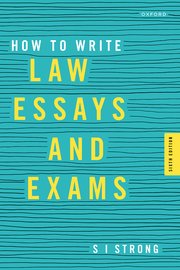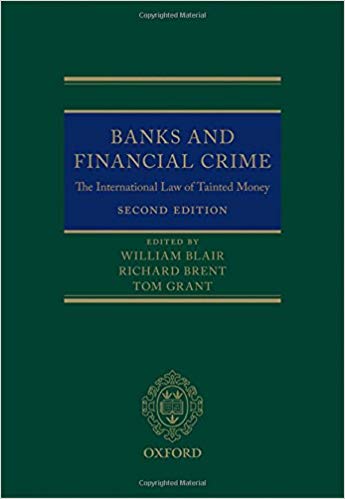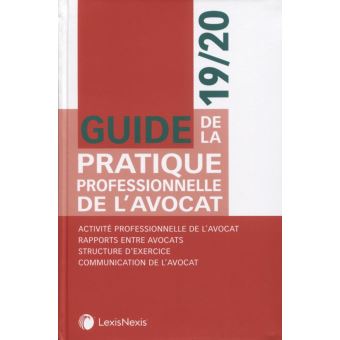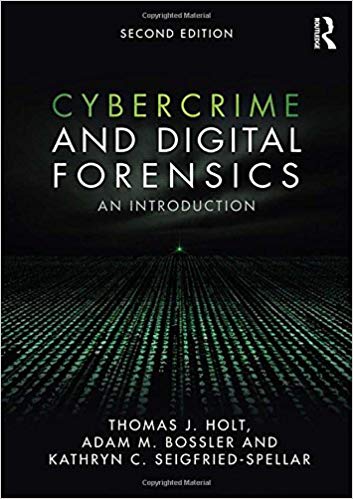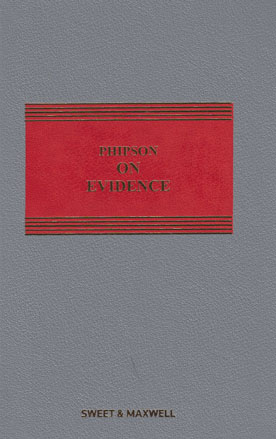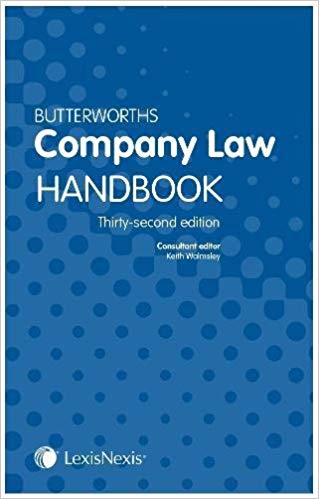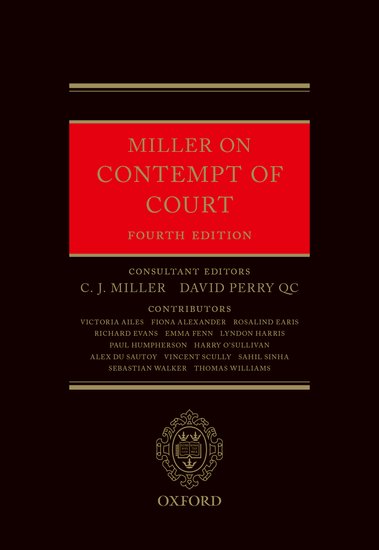Description
Table of Contents
-
- 1:An introduction to writing law essays and exams
-
- 2:Building the necessary foundation: reading, understanding and summarising legal materials
-
- 3:Step one in the IRAC method: the issue
-
- 4:Step two in the IRAC method: the rule
-
- 5:Step three in the IRAC method: the application
-
- 6:Step four in the IRAC method: the conclusion
-
- 7:Adapting IRAC to ‘discuss’ (standard essay) questions
-
- 8:General tips on legal writing
-
- 9:Adapting IRAC for professional practice
- 10:Worked questions
